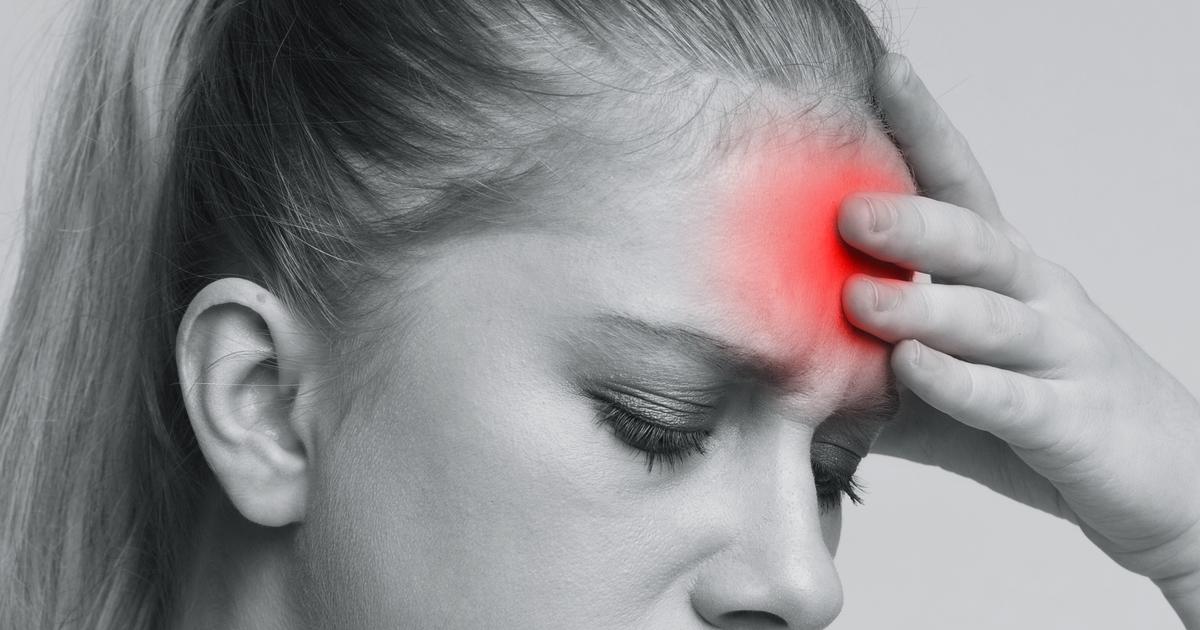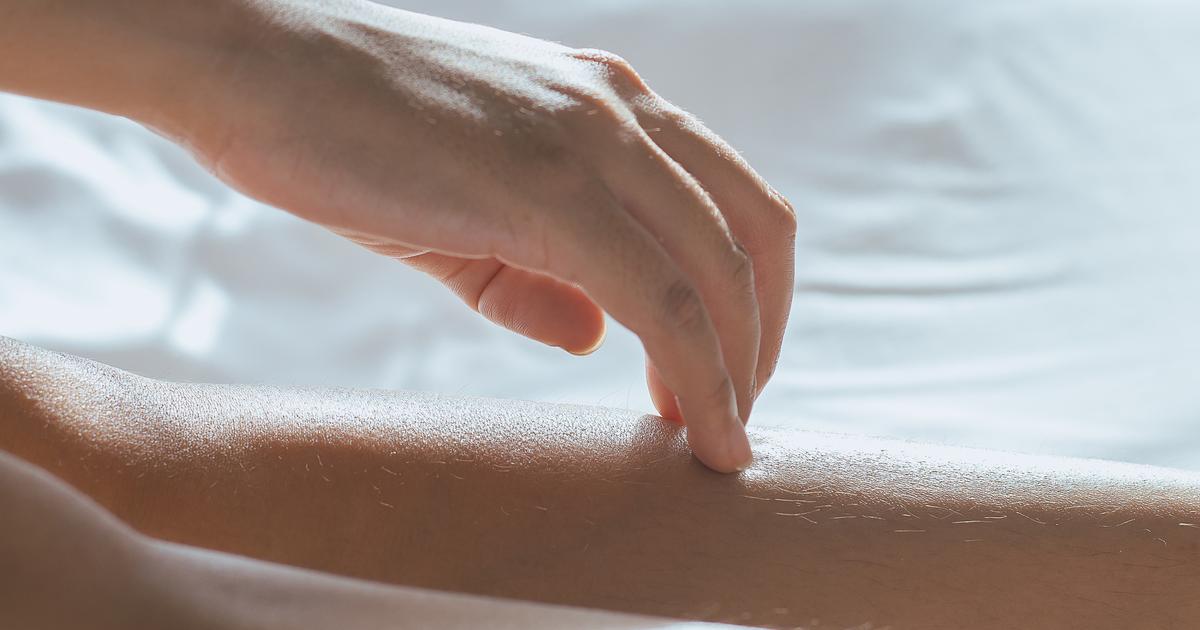Guide To The Symptoms Of Dehydration
Symptoms of dehydration occur due to the ratio of water being used against how much water individuals are taking in. When an individual sweats, they lose a lot of liquids as well as salt from their body. Rejuvenating the body with what they have lost is essential in avoiding dehydration. To avoid dehydration, experts say individuals should drink half of their body weight in ounces. For example, someone who weighs 140 pounds should consume seventy ounces of water each day.
This recommendation can vary based on an individual's level of physical activity, however, as those who exercise more will need to drink more water. Of course, should individuals become dehydrated, it is crucial to recognize the warning signs so they can better treat the situation before there are complications. With this in mind, take a look at common symptoms of dehydration now.
Thirst

Feeling thirsty, while some may believe it is a normal thing to experience, is actually one of the first signs an individual is already dehydrated, not that they will soon become so. This feeling is the body sending the individual a message saying they are dehydrated. The severity of the feeling of thirst is a good gauge as to how dehydrated an individual is. With mild dehydration, the thirst will be subtle, while severe dehydration leaves an individual feeling extremely thirsty. Drinking water as soon as the feeling of thirst hits will help get rid of dehydration quickly. Other beverages, such as real juice and sports drinks, can also help mitigate thirst, but water remains the best choice.
Decrease In Urination

When someone is dehydrated, another obvious warning sign is a decrease in urination. Simply put, they will not be peeing nearly as often as they would if they were well-hydrated. Babies wearing diapers will not need to be changed as often. In addition to this decrease in urination, dehydrated individuals will also notice their urine will be a darker yellow than normal. Well-hydrated individuals should have clear or light yellow urine. In fact, urine color is the best marker of hydration. Even though the recommendation stated previously about drinking half of one's body weight (seventy ounces for someone weighing 140 pounds) is a good starting point, individuals should drink enough water and other fluids for their urine to run pale yellow or clear, no matter what the actual amount is.
Headache

Individuals can get headaches for countless reasons, so having a headache lone is not enough to determine dehydration is the cause. However, drinking water when dealing with a headache cannot hurt, so it is a good idea to do so anyway. Individuals have headaches when they are dehydrated because as the body loses water, the blood loses volume and the brain begins to shrink. The shrinking brain begins pulling back from the skull, which triggers the headache.
Since the volume of an individual's blood drops when dehydrated, there is less blood, and therefore less oxygen, getting to their brain, this also causes the tell-tale headaches. Aside from the headaches, dehydration can also cause dizziness, foggy thoughts, and a lack of focus as the brain begins to scale back functions to save what water it has.
Dry Skin

Patients with mild to moderate dehydration may notice their skin is drier than usual. If dehydration progresses to a severe stage, the skin could become extremely dry, and it may feel cool or clammy. Dry skin may appear wrinkled, and dehydration often causes a noticeable decrease in skin turgor. Turgor refers to the skin's ability to return to its normal position after it has been gently pinched. Dry skin and changes in skin turgor could develop with a five percent fluid loss, and they are particularly likely to occur in cases of a ten to fifteen percent fluid loss. Patients who notice dry skin should consider increasing their fluid intake. If dry skin occurs in conjunction with other symptoms of dehydration such as rapid breathing, an increased heart rate, or sunken eyes, patients should seek urgent medical attention.
Dizziness

Dizziness often develops in cases of mild to moderate dehydration. Patients might feel as though the room is spinning around them, and dizziness could increase the risk of falls. Dizziness typically occurs in conjunction with a mild headache. When dizziness occurs, patients should sit or lie down as soon as possible. Patients should continue sitting or lying down until the dizziness passes. It can help to drink a glass of cool water. If dizziness occurs suddenly and is accompanied by a severe headache, fainting, or confusion, emergency medical care should be obtained immediately. Patients who experience frequent dizziness may want to keep a symptom journal to track these episodes, and it is beneficial to track fluid intake as well.
Fatigue

Patients with mild dehydration could develop minor fatigue. If dehydration advances to a more serious stage, patients could become increasingly sleepy, and they may be very lethargic. Fatigue could compromise the patient's ability to perform daily tasks, and patients could sleep for longer than usual. Fatigue associated with dehydration typically occurs in conjunction with weakness, and it could be accompanied by muscle pain as well. Since fatigue may be a symptom of a serious condition, patients who notice persistent fatigue should see a doctor for an evaluation.
The doctor will want to know when the patient first noticed fatigue and if anything makes it better or worse. They will also ask the patient about any headaches or dizziness. A physical examination will be performed to check the patient's heart rate and blood pressure, and the healthcare provider may check for cracked lips and other physical signs of dehydration too. Blood tests may be necessary to determine the underlying cause of the patient's fatigue.
Dry Mouth

Children and adults with all stages of dehydration could experience a dry mouth. The mouth may feel scratchy and sore, and the patient might have cracked lips too. Grooves could form on the tongue, and the patient's saliva may be thick and stringy. It is common for patients with a dry mouth to have a sticky sensation in the mouth. Some individuals with a dry mouth also notice changes in taste and dryness in the nasal passages. A dry mouth can create difficulties with speaking, chewing, and swallowing, and it could cause dentures to fit improperly. Bad breath may develop, and the patient could notice a sore throat or hoarse voice. To investigate the underlying cause of a dry mouth, doctors begin with a visual examination of the lips and the inside of the mouth. If dehydration is suspected, the patient may need to have blood and urine tests. To ease the discomfort of a dry mouth, patients are often advised to drink more fluids.
Individuals with mild to moderate dehydration may be able to ease dry mouth symptoms and rehydrate themselves by drinking fluids or by using oral rehydration solutions. Severely dehydrated individuals will often need to receive intravenous fluids at the hospital. Most patients find their dry mouth symptoms resolve completely with successful treatment for dehydration. If dry mouth symptoms occur frequently or return after treatment, the patient may need to have further investigations. These may include imaging studies and biopsies of the salivary glands, and tests to measure saliva production might be recommended as well.
Orthostatic Hypotension

Orthostatic hypotension occurs most frequently with mild dehydration. Also known as postural hypotension, it refers to a drop in blood pressure that occurs when a patient stands up from a sitting or lying position. Patients with orthostatic hypotension typically feel dizzy or lightheaded upon standing, and they could experience nausea, confusion, blurred vision, or weakness. Fainting may occur in some cases. Since orthostatic hypotension could be a sign of a serious medical issue, patients should see a doctor if they experience frequent episodes of lightheadedness or dizziness upon standing. Emergency medical care is necessary if fainting occurs.
To diagnose orthostatic hypotension, doctors will measure the patient's blood pressure while they are sitting and standing. If the systolic measurements differ by more than 20 mmHg, the diagnosis is confirmed. Patients may also need to have blood tests to fully investigate their symptoms, and in some instances, an electrocardiogram may be necessary. During testing for orthostatic hypotension, patients should let their doctor know about their fluid intake and about any symptoms that may be connected to dehydration.
